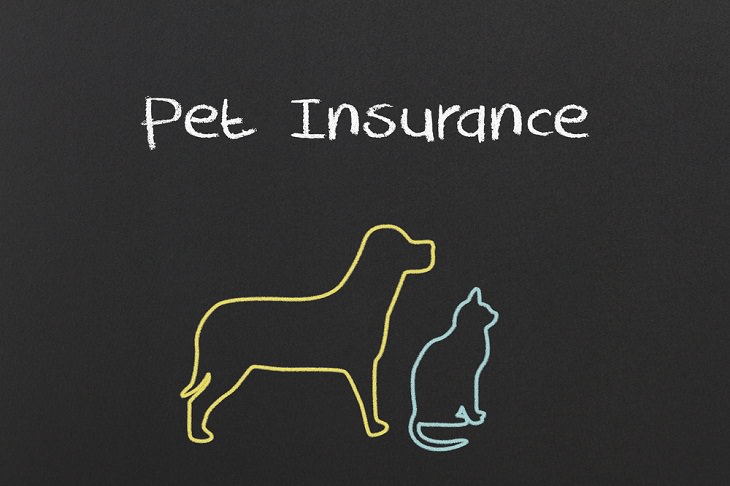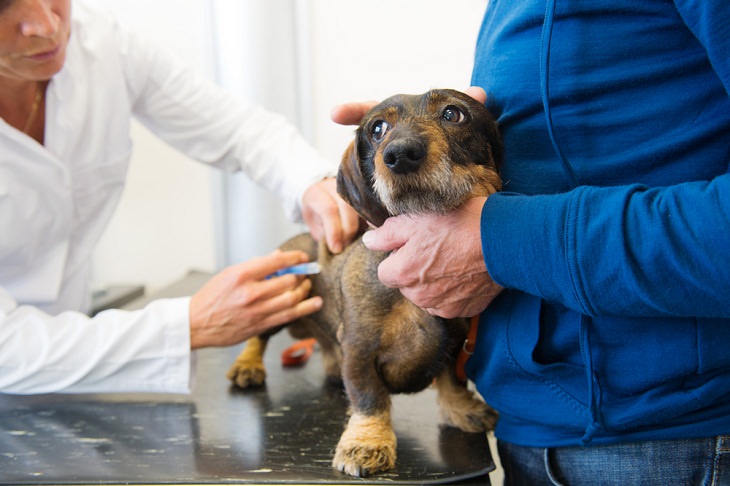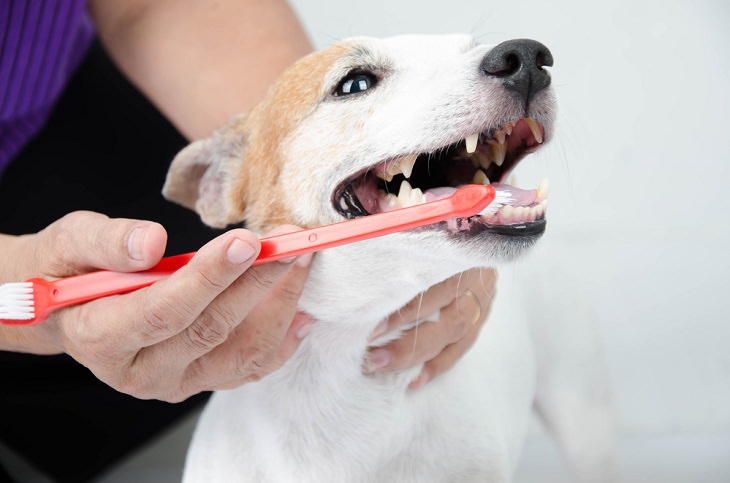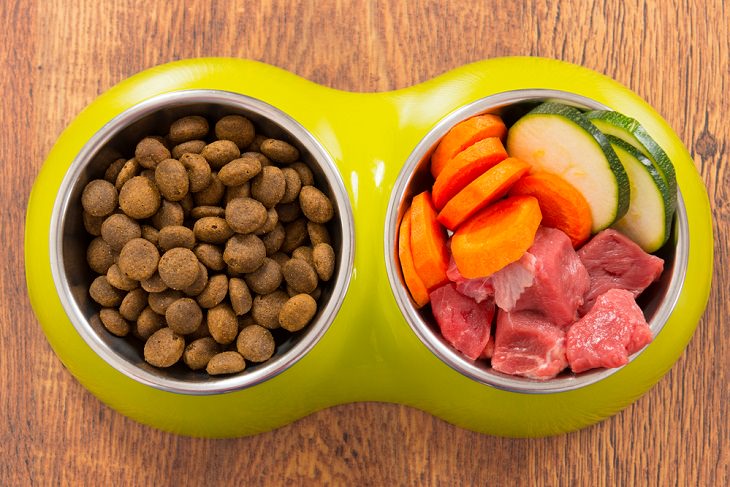Pets are an important and beloved part of many families. Having a pet - whether it's a dog, a cat, or a parrot - is a fun and rewarding experience. However, it can also be an expensive one. As much as we love our beloved furry friends, they can cost us a lot of money each month, which leads to financial stress when money gets tight.
According to the American Kennel Club, the average annual cost of dog ownership ranges from $14,480 to $93,520. This includes food, treats, beds, toys, leashes, regular vet care, and unexpected expenses like sudden health issues. As for cats, they cost around $53 per month, or about $634 annually, according to the ASPCA.
Being unable to afford the cost of pet maintenance can be quite stressful. Thankfully, there are some simple ways to save on pet-related expenses without compromising your pet's health. Here’s how:
1. Get Pet Insurance. But Choose It Wisely
Pet insurance may seem like a counterintuitive choice to opt for when you are looking to cut down on pet-related expenses. However, having an insured pet will be of great help if you suddenly run into some unexpected health issues with them. For example, several cats and dog breeds are at high risk of certain health issues and hence require constant care. Having them insured beforehand will prevent you from paying the full price of medical care out of pocket. Moreover, enrolling your pet in an insurance plan will help counterbalance the costs of preventative care as most programs cover up to 75 to 80 percent of the veterinary expenses.
Pet insurance in general costs between $30 to $50 per month, according to Value Penguin. But you can also find plans for $10 per month. Just make sure you choose wisely. Review multiple policies before choosing one and pick the one that covers breed-specific diseases.
The best idea is to get a policy when you first get a pet, and when they are still young. Don’t wait until after they have been diagnosed with a pre-existing condition as that might disqualify you for insurance coverage.
2. Be Serious About Preventative Care
Just as we need to go for routine health checkups, it’s equally essential to ensure that we take our pets to the vet for annual vaccinations and wellness checks. This will help lower your pets' chances of incurring a disease and save you more in the long run. The fact is that cats and dogs can develop all sorts of diseases but are very proficient at concealing symptoms. Thus, they must receive a thorough wellness exam from time to time.
If you can stay on top of treatments for things like heartworm or fleas and ticks for your pets, then you can avoid expensive vet bills associated with parasites later. Remember that infections can progress rapidly in animals and treating them can be a costly affair. Early intervention, through preventative veterinary visits, can minimize the duration and severity of treatment. Once you start making preventative care for your pets a habit, you will realize how health maintenance measures can reduce pet-related costs over the long run.
3. Brush Your Pet's Teeth
This may sound absurd, but veterinary dental specialists have said that brushing your dog's or cat's teeth regularly can help ensure they live up to 17 or 18 years. Not brushing their teeth puts them at risk of build-up of plaque, tartar, calculus, gum disease, tooth loss, chronic pain, and more. And treatment for these can cost you quite a bit. Thus, it would be wise to start the habit of brushing your pet’s teeth regularly. Dog and cat toothbrush kits are easily available for as low as $5 and could save your precious pet from a lot of diseases in the future.
4. Go for Generic Pet Food
All of us want our pets to eat the best quality foods. But many of these food products are highly expensive and can cost a small fortune every month. Fortunately, you can find many types of “generic” pet foods in the market today that are just as healthy as the branded ones, but less expensive. Generic pet foods are those that don’t have a brand name but are available commercially. The manufacturers of these foods aim to provide a low-cost product to the consumer without compromising on quality.
However, when shopping for generic foods, make sure you check the ingredient list thoroughly. Avoid the ones that have meat by-products and corn in them, because they often contain low-quality filler ingredients that are included to bulk up the amount of food. Moreover, corn wouldn’t really provide any real nutrition to your pet.
You can save a little more by making delicious and healthy pet food at home. Read our article on Making Pet Treats at Home for more help.
5. Set up a Savings Account for Pet Care
It isn't a bad idea to have a saving account dedicated to pet care as it may serve as a really handy security cushion in case of emergencies. This type of savings account can be used for your pet’s healthcare-related expenses and can also be used to help plan and save for other expenses such as annual veterinary care costs, pet insurance deductibles or premiums, grooming costs, and food and treats costs, among other things.
You can start by determining how much you need to put into your pet savings account each month and then follow it by actually putting money into it. This will have long-term benefits as when you have to visit the vet, the funds you need will be readily available. More importantly, knowing that you have a ready resource available to pay your pet’s various bills will allow you to focus just on them.
Share these tips with other pet owners you know!





